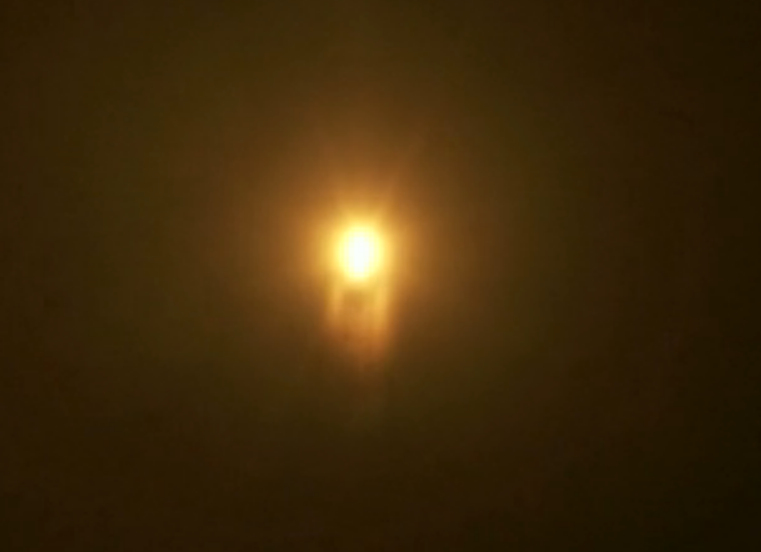SpaceX Rocket Launch Glitch Left Piggyback Satellite in Wrong Orbit

A glitch suffered by SpaceX's Falcon 9 rocket shortly after launch Sunday night (Oct. 7) caused a telecommunications satellite to be placed in the wrong orbit, the satellite's owner says.
The prototype OG2 satellite owned by the New Jersey-based company Orbcomm was a secondary payload during Sunday's liftoff, whose main purpose was blasting SpaceX's robotic Dragon capsule toward the International Space Station on the first-ever bona fide supply mission for a private American vehicle. Dragon was successfully placed in its intended orbit and will arrive at the space station Wednesday morning (Oct. 10) as planned.
But one of the Falcon 9's nine first-stage Merlin engines shut down less than 90 seconds into the flight, causing the rocket to compensate by firing the eight functioning engines for a longer time. The Falcon 9 recovered and sent Dragon safely on its way, but the OG2 wasn't so lucky, Orbcomm officials said.
Because of the anomaly, "the OG2 prototype satellite was deployed into an orbit that was lower than intended," company officials wrote in a statement Monday (Oct. 8). "Orbcomm and Sierra Nevada Corporation engineers have been in contact with the satellite and are working to determine if and the extent to which the orbit can be raised to an operational orbit using the satellite’s on-board propulsion system." [Video: Dragon Launches Toward Space Station]
Preliminary data indicate that the Merlin engine lost pressure suddenly, causing the Falcon 9 to issue a shutdown command, SpaceX officials said in a statement Monday. Panels designed to relieve pressure within the engine bay were ejected to protect the other eight engines, which were apparently unaffected by the anomaly, they added.
The satellite was intended to be the first component of an 18-spacecraft OG2 constellation. The other OG2 satellites are slated to launch aboard the Falcon 9 in 2013 and 2014, Orbcomm officials said.
Dragon, for its part, will continue chasing down the space station until Wednesday morning. If all goes according to plan, NASA astronaut Sunita Williams and Japanese spaceflyer Akihiko Hoshide will capture the unmanned spacecraft at 7:22 a.m. EDT (1122 GMT) with the orbiting lab's huge robotic arm.
Sign up for the Live Science daily newsletter now
Get the world’s most fascinating discoveries delivered straight to your inbox.
Dragon will be then be bolted to the Earth-facing side of the station's Harmony module, where it will remain for nearly three weeks. The orbiting lab's crew will offload the roughly 1,000 pounds (454 kilograms) of supplies and scientific experiments Dragon carried to orbit, then load it up with other gear for a planned Oct. 28 departure.
Dragon's mission is the first of 12 robotic supply runs California-based SpaceX will make to the space station under a $1.6 billion deal with NASA. The space agency also signed a $1.9 billion contract with Virginia-based Orbital Sciences to make eight flights with its Antares rocket and Cygnus spacecraft.
Dragon has visited the station before, making history on a demonstration mission in May by becoming the first private vehicle ever to dock with the $100 billion facility. Orbital Sciences, for its part, plans to test-fly Antares for the first time later this year.
This story was provided by SPACE.com, a sister site to LiveScience. Follow SPACE.com on Twitter @Spacedotcom. We're also on Facebook & Google+.











